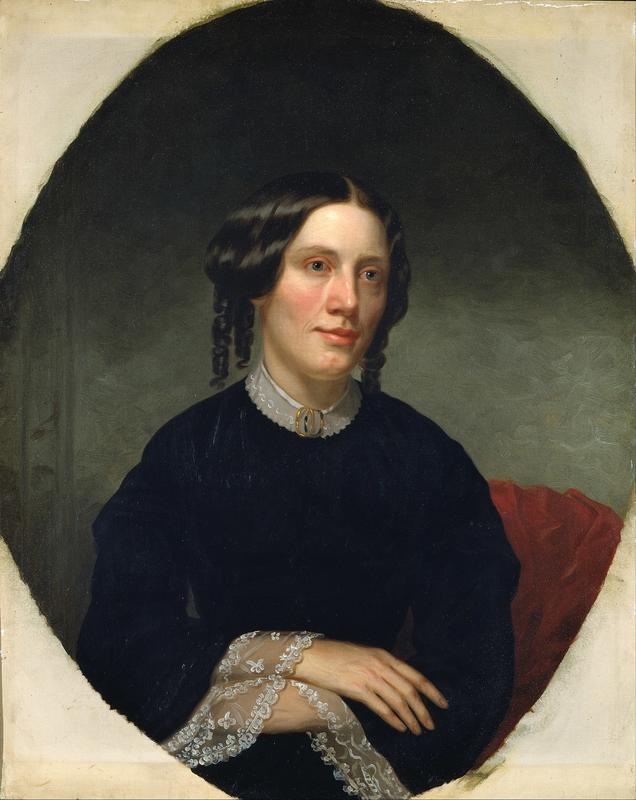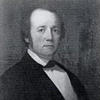More about Harriet Beecher Stowe

Contributor
Harriet Beecher Stowe gets bored of being rich and famous.
Born in 1811, Harriet Beecher Stowe was raised in a family that outwardly sought social justice. All 13 children (Stowe was lucky number 7) were expected to make an impact on society. Perhaps one of the many reasons that Stowe began writing a short story which led to the anti-slavery novel "Uncle Tom’s Cabin" in 1851. She evidently had a vision of a young slave dying during a communion service led by her husband, which sparked the story in her mind. (Divine intervention! Or maybe the bonnet was just that constrictive. Just say no to drugs, Harriet!)
In a time when slavery was y’know kind of a dividing factor, like how abortions and gay marriages are today, "Uncle Tom’s Cabin" was totally a viral video of the time. In the North, it was even turned into a play, but Stowe generally disapproved of theatre (all actors are harlots!) so she did not attend herself. But even so, in 1853 Alanson Fisher painted this portrait of her and it was put into a New York Theatre lobby.
She might have hidden her pleasure about her fame just a little, I mean who wouldn’t have enjoyed the attention just a bit? It also didn’t help that the fame from Uncle Tom’s Cabin also meant for Stowe; she was able to continue to write full time. In total, she was paid less that $800, but in those days ... yeah it was practically a 401k, lucky girl
Fisher’s portrait of Stowe doesn’t show the freedom fighter of an early feminist that we want to see. But then again, being a religious bookworm probably doesn’t lead to any bloomer burning. This quiet and serene woman also contains elegance and strength.
But there is a look in her eye; is it just me or does she look totally OVER her portrait being painted. Or maybe she’s already making her list about all the extravagant writing utensils she’s going to buy and if she should buy that sexy leather bible cover she saw earlier.











